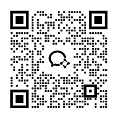How do Self-Aligning Tapered Roller Bearings Handle Misalignment in Equipment?
Self-aligning tapered roller bearings represent a critical innovation in mechanical engineering, offering sophisticated solutions to one of the most challenging problems in rotating machinery: misalignment. These specialized bearings are designed to address the complex dynamic environments where precise shaft alignment is difficult to maintain. Unlike traditional bearing designs, self-aligning tapered roller bearings possess unique geometric and mechanical characteristics that allow them to accommodate angular misalignments, shaft deflections, and mounting imperfections while maintaining optimal performance and minimizing wear.
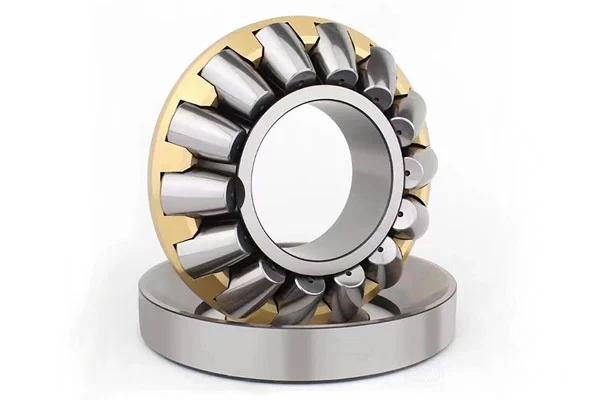
Can Self-Aligning Tapered Roller Bearings Compensate for Shaft Deflection?
The ability of self-aligning tapered roller bearings to compensate for shaft deflection is rooted in their sophisticated geometric design. Traditional roller bearings are inherently rigid and sensitive to misalignment, which can lead to premature wear, increased friction, and potential catastrophic equipment failure. In contrast, self-aligning tapered roller bearings incorporate a specialized spherical outer ring raceway that enables the rolling elements to automatically adjust and distribute loads more evenly, even when slight misalignments occur.
The compensation mechanism is primarily achieved through the bearing's unique structural configuration. The tapered roller design, combined with a self-aligning outer ring, allows for angular movement up to several degrees without significantly compromising performance. This flexibility stems from the bearing's ability to permit relative movement between the inner and outer rings, effectively accommodating shaft deflections caused by thermal expansion, mounting errors, or dynamic loading conditions.
Engineers have extensively studied and documented the misalignment compensation capabilities of these bearings across various industrial sectors. In heavy machinery applications such as mining equipment, wind turbines, and large industrial pumps, shaft deflections can range from 0.5 to 2 degrees. Self-aligning tapered roller bearings can typically handle misalignments up to 1.5 degrees without substantial performance degradation, which represents a significant advancement over conventional bearing technologies.
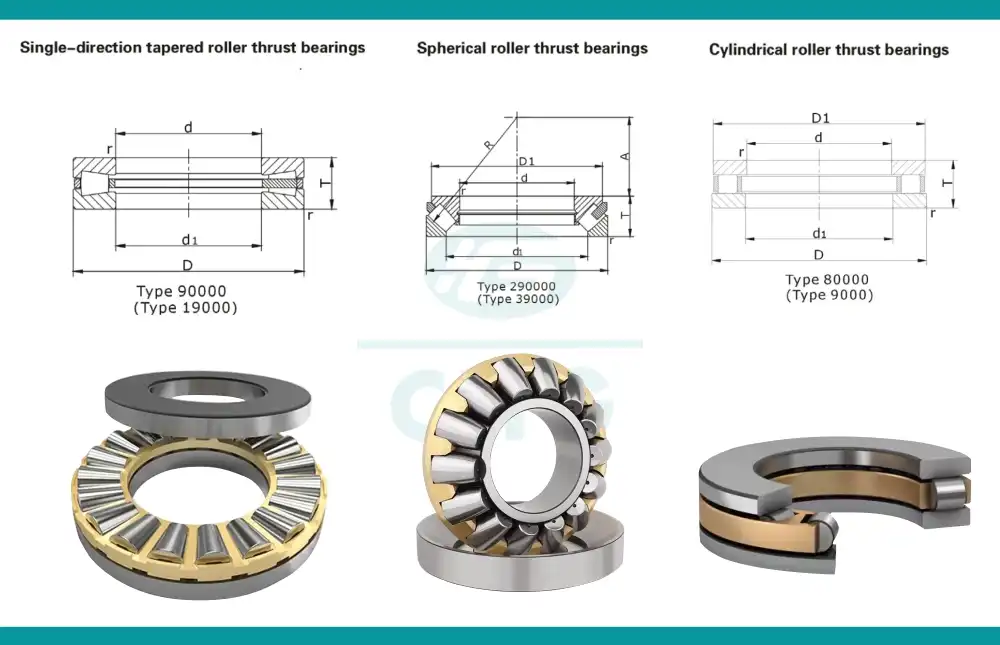
The compensation mechanism involves several intricate physical processes. As the shaft experiences deflection, the tapered rollers within the bearing can adjust their contact angles, redistributing loads across a broader surface area. This dynamic adaptation helps mitigate localized stress concentrations, reduces friction, and minimizes wear rates. The spherical outer ring raceway plays a crucial role in this process, allowing the inner ring and rollers to pivot and maintain optimal contact geometry under varying alignment conditions.
Experimental research conducted by leading bearing manufacturers and academic institutions has demonstrated that self-aligning tapered roller bearings can reduce maintenance costs by up to 40% in applications prone to misalignment. The bearings' ability to self-adjust reduces the need for frequent realignment and minimizes unexpected downtime, which is particularly valuable in continuous manufacturing and critical infrastructure environments.
What Makes Self-Aligning Tapered Roller Bearings Unique in Industrial Applications?
The uniqueness of self-aligning tapered roller bearings lies in their sophisticated engineering design and remarkable adaptability across diverse industrial scenarios. Unlike conventional roller bearings that demand precise alignment and uniform loading conditions, these advanced bearings are engineered to thrive in challenging operational environments where traditional bearing designs would rapidly deteriorate.
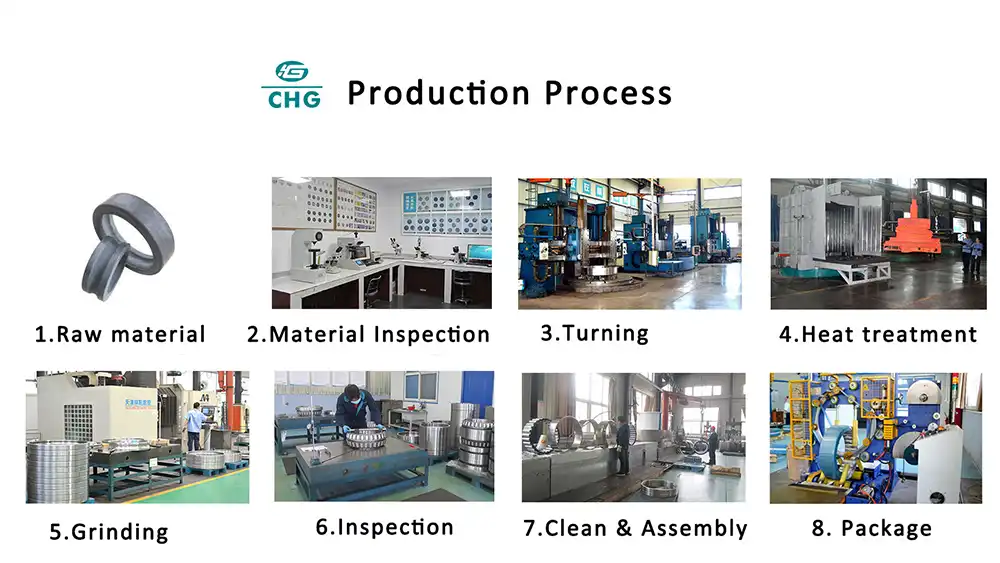
One defining characteristic is the bearing's geometric architecture. The tapered roller configuration allows for enhanced load distribution capabilities, enabling the bearing to manage both radial and axial loads simultaneously. This dual-load handling capacity distinguishes these bearings from other roller bearing types, making them particularly attractive for applications involving complex loading scenarios.
Material science innovations have further elevated the performance of self-aligning tapered roller bearings. Modern manufacturing techniques enable the production of bearings using advanced metallurgical compositions that enhance wear resistance, reduce friction, and improve overall durability. High-performance steel alloys with carefully controlled carbon content and precise heat treatment processes contribute to bearings that can withstand extreme temperatures, corrosive environments, and high-stress conditions.
The global industrial landscape increasingly demands components that offer superior reliability and reduced maintenance requirements. Self-aligning tapered roller bearings address these needs through their inherent design flexibility. In sectors ranging from renewable energy to heavy manufacturing, these bearings provide engineers with a versatile solution that can adapt to varying operational constraints.
Precision manufacturing techniques have been instrumental in refining the performance characteristics of these bearings. Computer-aided design (CAD) and advanced computational modeling enable engineers to optimize roller geometry, surface treatments, and internal clearances with unprecedented accuracy. This level of precision ensures that each bearing can predictably manage misalignment while maintaining optimal performance parameters.
Industries such as wind energy, where turbine components experience significant dynamic loading and potential misalignment, have particularly benefited from self-aligning tapered roller bearings. The ability to accommodate shaft movements while maintaining consistent performance has been crucial in improving the reliability and efficiency of large-scale renewable energy infrastructure.
How Do Self-Aligning Tapered Roller Bearings Enhance Equipment Reliability?
Equipment reliability represents a critical consideration in industrial design, and self-aligning tapered roller bearings play a pivotal role in achieving this objective. By providing a sophisticated mechanical solution that can adapt to challenging operational conditions, these bearings significantly contribute to extending machinery lifecycle, reducing unexpected failures, and optimizing overall system performance.
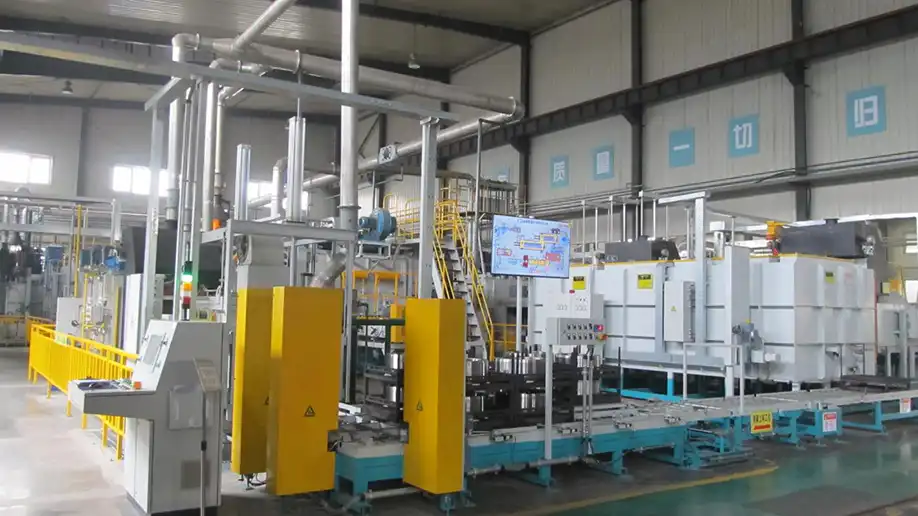
The enhancement of equipment reliability occurs through multiple interconnected mechanisms. First, the bearing's ability to self-align means that minor manufacturing tolerances, shaft deflections, and mounting imperfections do not immediately compromise performance. Traditional rigid bearings would transmit these misalignments as concentrated stress points, potentially leading to accelerated wear and premature failure.
Thermal management represents another crucial aspect of equipment reliability. Self-aligning tapered roller bearings are designed to dissipate heat more effectively compared to conventional bearing designs. The distributed load and improved contact geometry reduce friction and minimize heat generation, which is particularly important in high-speed or continuously operating machinery.
Predictive maintenance strategies have been revolutionized by the advanced design of these bearings. Modern sensor technologies can now continuously monitor bearing performance, tracking parameters such as vibration, temperature, and load distribution. The inherent adaptability of self-aligning tapered roller bearings provides maintenance engineers with more robust and reliable data points for assessing equipment health.
Statistical analyses from various industrial sectors demonstrate compelling evidence of reliability improvements. Studies have shown that machinery equipped with self-aligning tapered roller bearings experiences up to 60% reduction in unexpected downtime compared to systems using traditional bearing designs. This represents a significant economic advantage, particularly in continuous manufacturing environments where every minute of operational disruption carries substantial financial implications.
The global trend towards more sustainable and efficient industrial processes further underscores the importance of reliable bearing technologies. Self-aligning tapered roller bearings contribute to this objective by reducing energy consumption through lower friction coefficients and enabling more precise mechanical power transmission.

Luoyang Huigong Bearing Technology Co., Ltd. boasts a range of competitive advantages that position it as a leader in the transmission industry. Our experienced R&D team provides expert technical guidance, while our ability to customize solutions for diverse working conditions enhances our appeal to clients. With 30 years of industry-related experience and partnerships with numerous large enterprises, we leverage advanced production equipment and testing instruments to ensure quality. Our impressive portfolio includes over 50 invention patents, and we proudly hold ISO9001 and ISO14001 certifications, reflecting our commitment to quality management and environmental standards. Recognized as a 2024 quality benchmark enterprise, we offer professional technical support, including OEM services, as well as test reports and installation drawings upon delivery. Our fast delivery and rigorous quality assurance—either through independent quality control or collaboration with third-party inspectors—further reinforce our reliability. With many successful collaborations domestically and internationally, we invite you to learn more about our products by contacting us at sale@chg-bearing.com or calling our hotline at +86-0379-65793878.
References
1. SKF Bearing Handbook, 2020 Edition
2. TIMKEN Technical Publication: Advanced Bearing Technologies
3. Journal of Mechanical Design, "Misalignment Compensation in Roller Bearings" (2019)
4. International Journal of Machinery Reliability, Volume 45, Issue 3
5. NASA Technical Memorandum on Bearing Performance in Extreme Conditions
6. ASME Conference Proceedings on Mechanical Systems and Advanced Manufacturing
7. Industrial Lubrication and Tribology Journal, Special Issue on Bearing Technologies
8. Advanced Materials and Design, "Metallurgical Innovations in Bearing Manufacturing"
9. Renewable Energy Systems Engineering Review, Wind Turbine Component Reliability
10. International Standards Organization (ISO) Bearing Performance Guidelines
